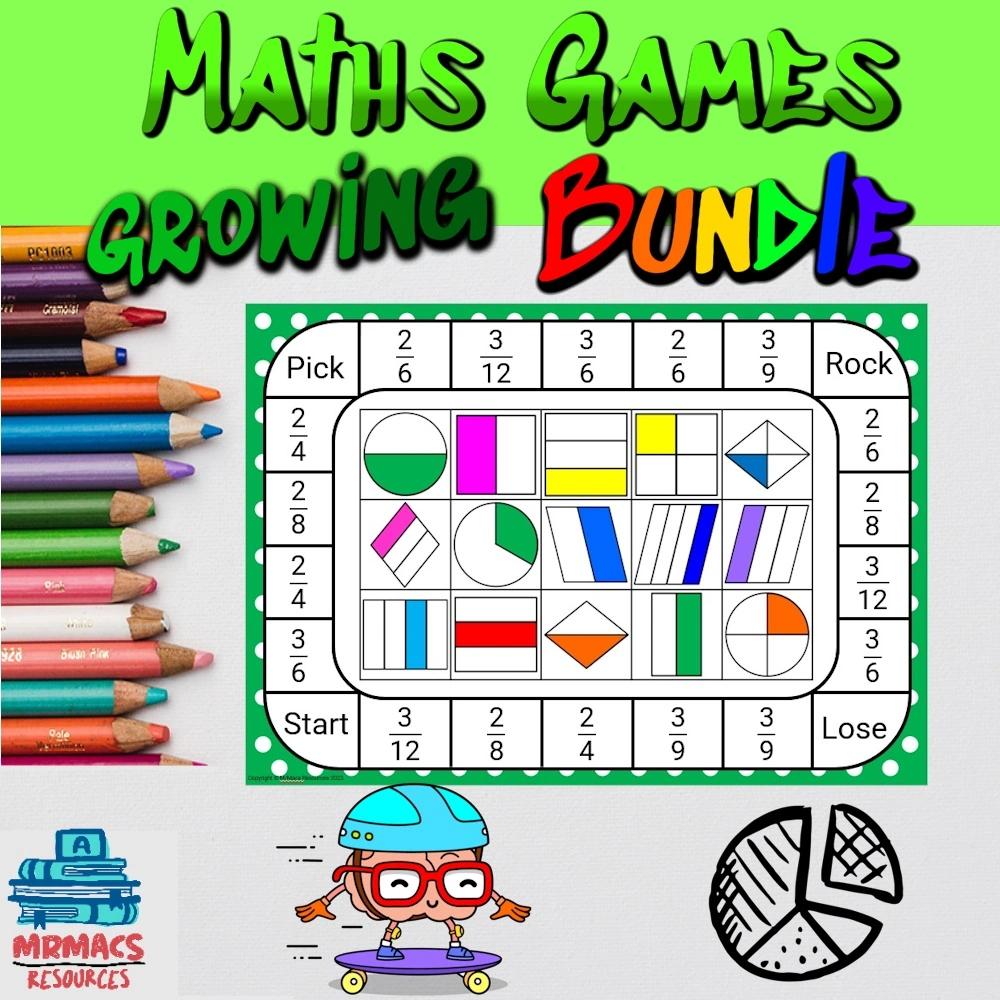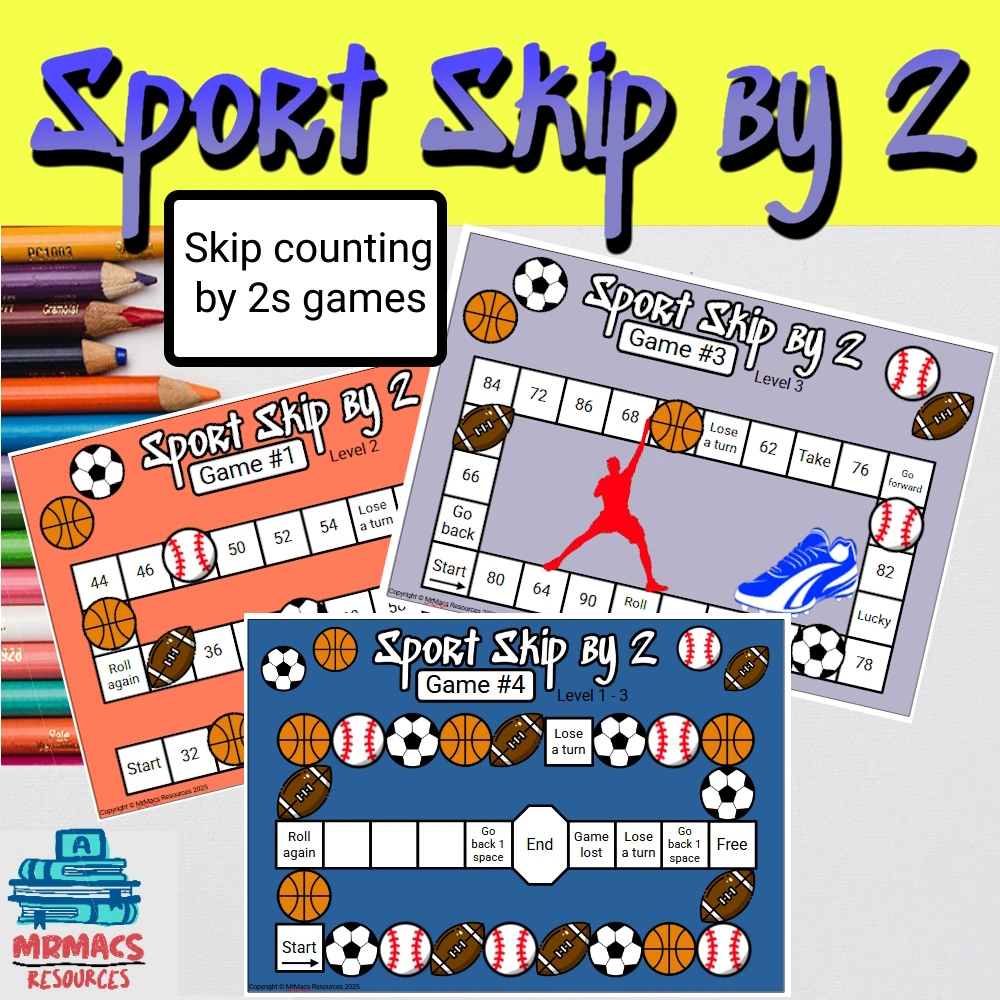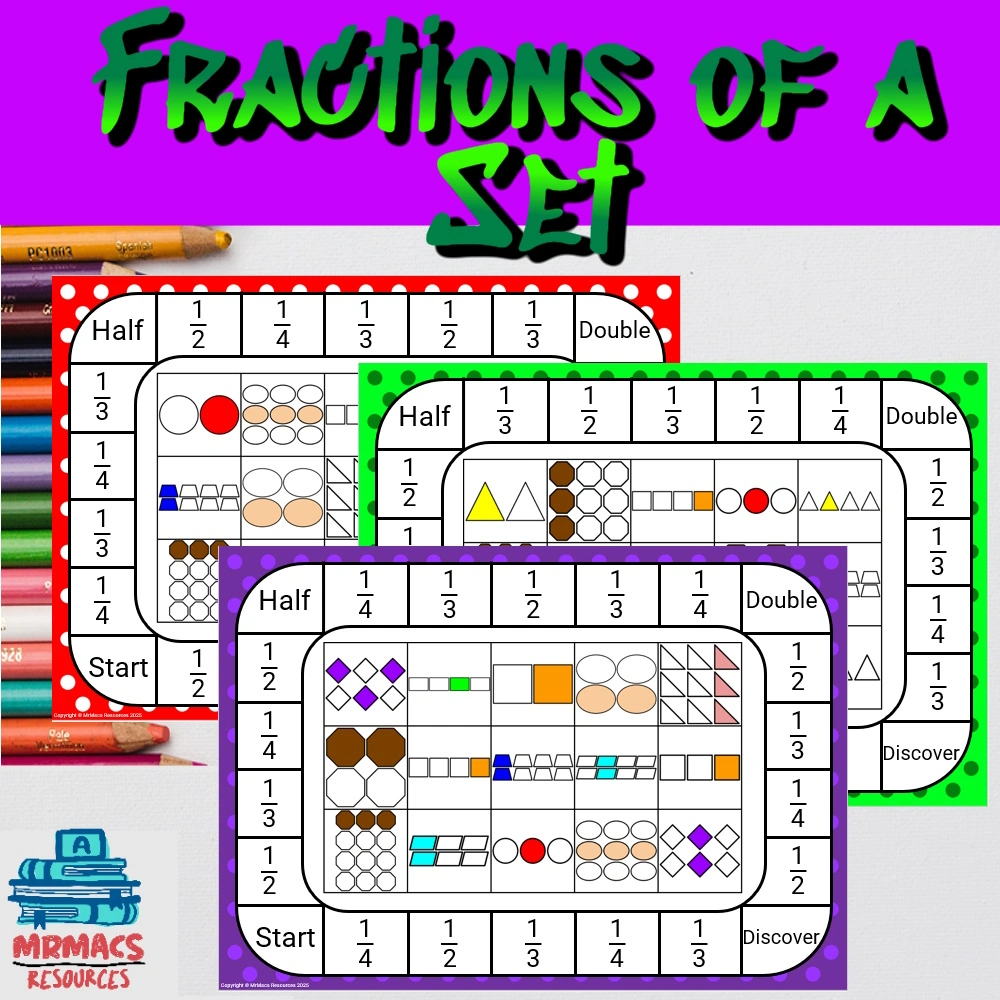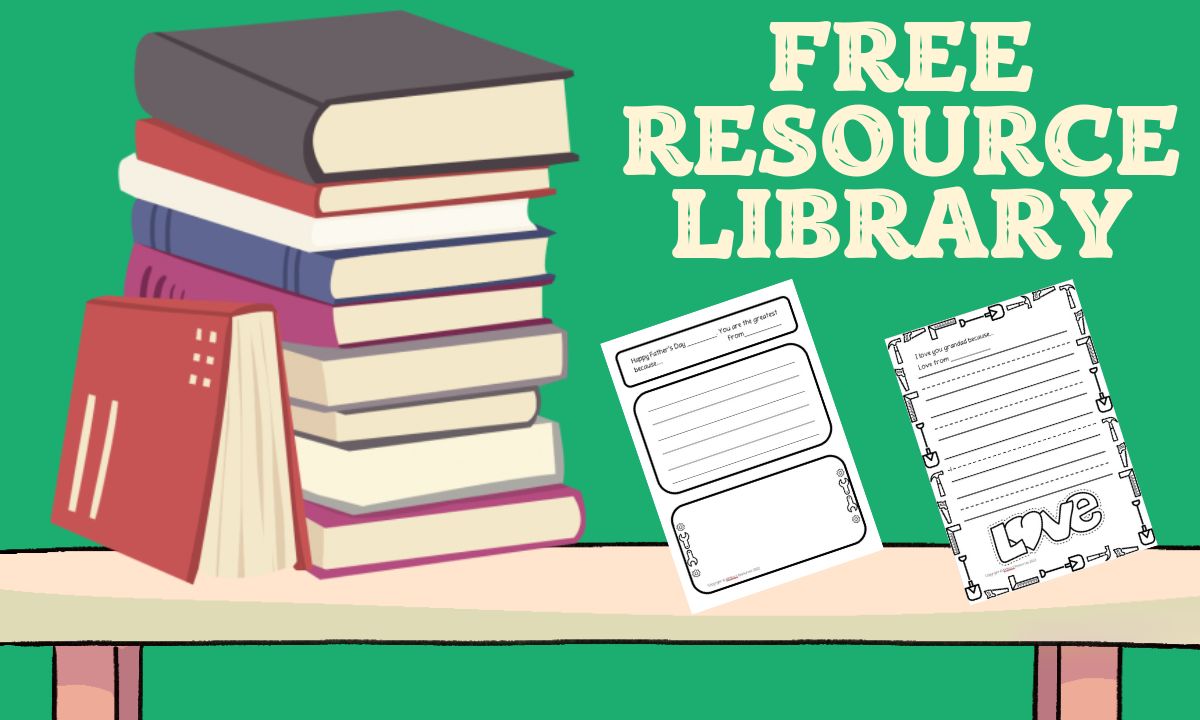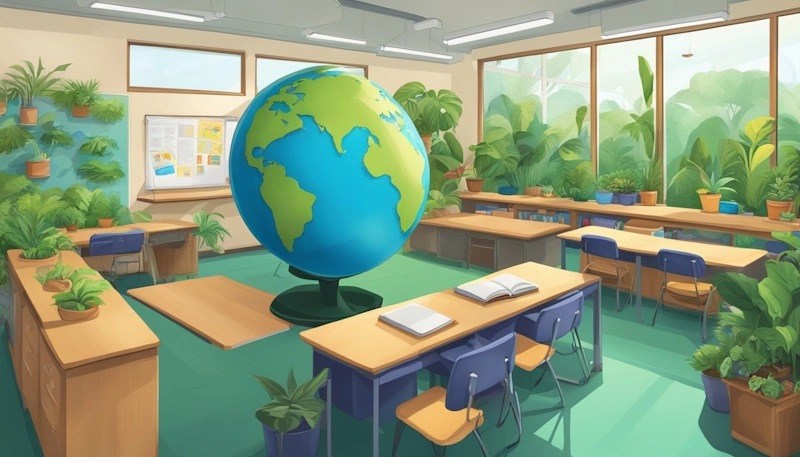
Teaching environmental education in your classroom can spark curiosity and invite students to care about the world around them. When you use creative ideas and hands-on activities, you help your students understand important topics like recycling, sustainability, and how humans impact the planet. Ultimately, this approach makes learning more meaningful and encourages real-world thinking.
You will find that engaging your class with projects such as building a mini greenhouse or making simple models can brighten lessons. These easy activities make big topics easier for young minds to grasp. As an educator, your guidance empowers students to see how their everyday choices make a difference for the environment.
Core Strategies for Teaching Environmental Education
Teaching environmental education means making the most of what you have, getting students interested, and giving them chances to learn by doing. Each of these strategies helps connect students to nature and inspires care for the environment.
Using Classroom Resources Effectively
Firstly, start by using the resources you already have in your classroom. For instance, maps, posters, and books about nature can help explain important concepts. Many educators also use kits or materials from suppliers like Acorn Naturalists to add real examples to lessons.
You can create simple comparison charts or lists. For example, compare water usage in different countries or track electricity use in the school. This visual approach makes complex ideas easier to understand.
Don’t forget digital resources. Short videos and interactive games about recycling or the water cycle can grab students’ attention. Moreover, even a simple weather chart updated daily gives students a steady connection to the environment.
Teaching Environmental Education - Fostering Student Engagement and Curiosity
Encourage students to ask questions about what they see and hear around them. Simple prompts like, “Why do leaves change colour?” or “How does rubbish affect animals?” can spark deeper thinking.
Group discussions work well. Let students share their thoughts or research about issues like pollution, local plants, or climate change. To add, this helps them connect lessons to their own lives.
Furthermore, projects are another great way to keep students interested. For example, students can make posters about saving energy or write short stories using found objects from nature. Both activities allow students to express what they’ve learned in a creative way.
Want to learn more about student engagement? Check out this blog post.
Hands-On Experiences in the Classroom
Get students involved in activities that let them interact directly with nature. Additionally, you could grow plants from seeds or collect data on pollinators around the schoolyard. These hands-on projects make learning memorable.
Try organising a nature scavenger hunt. Give students a list of items or clues to find, such as types of leaves or insect tracks. This encourages careful observation and teamwork.
Students might also record simple experiments. For example, monitor water evaporation from cups in different locations. All these tasks give real purpose to lessons and build practical skills.
Teaching Environmental Education - Practical Activities and Projects
Teaching about the environment works best when you include hands-on projects. Getting students involved in real activities helps them understand big ideas like sustainability and how to care for their community.
Integrating Recycling and Composting Programmes
You can start a recycling and composting programme right in your classroom or school. Similarly, you can place labelled bins for paper, plastic, and food scraps around the room. Show students how to use each bin and teach them what materials go in each one.
Regularly discuss the importance of sorting waste and reducing what ends up in landfill. Furthermore, students learn to become more aware of materials they use each day. You could make a chart as a class to track the amount of waste you save from landfill each week.
Learn by doing. Get students to look at their lunch rubbish and decide which items can be recycled or composted. Involve the wider school and even the local community by sharing your results and asking everyone to help out.
Creating a Sustainable School Garden
Building a school garden is a simple way to teach about the environment. Students can plant native plants, vegetables, or herbs and look after them together. To add, students can use compost from your compost bin to help the plants grow.
For instance, you might set up a roster so everyone has a turn watering, weeding, or picking produce. The garden can be a place to talk about where food comes from and why native plants are important. Harvested food can be shared during class or at home.
Include signs that explain what is being grown and why certain choices are more sustainable. Students connect with nature when they work in the garden and see positive results. Moreover, you could even invite families or local community members to visit and help out.
Facilitating Nature Walks and Outdoor Lessons While Teaching Environmental Education
Get students outside for regular nature walks to explore the local environment. You might visit a nearby park, bushland, or even the schoolyard to look at plants, insects, and how animals live. Use simple observation sheets for students to record what they see.
Nature walks help students notice small details, such as the sounds of birds or different leaf shapes. Likewise, these experiences spark curiosity and lead to class discussions about protecting habitats and local wildlife.
Combine outdoor lessons with drawing, writing, or simple science investigations. Back in the classroom, talk about what students discovered and how they felt during the walk. What’s more, these activities help build respect for the natural environment and can encourage families and community groups to take part in caring for local spaces.
Extending Environmental Education Beyond the Classroom
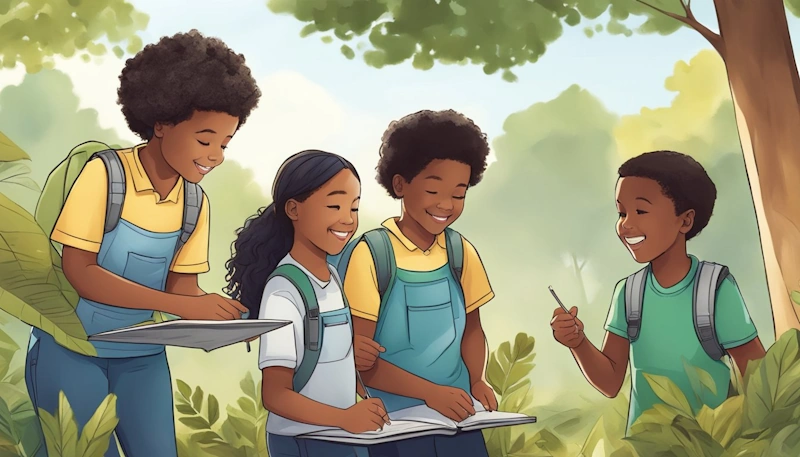
Learning about the environment does not only happen inside. By connecting with your local community, taking part in real projects, and learning about current issues, you can help students see how their actions make a difference.
Expanding Environmental Learning Beyond School Walls
It is important for students to explore nature outside the classroom. For example, you can take students on excursions to local parks or nature reserves, where they can observe plants, animals, and changing weather first-hand. Additionally, walking through bushland or along a creek helps students understand what is happening in their own backyard.
Hands-on activities such as planting trees in your community, starting a recycling program, or volunteering for clean-up days can help students learn by doing. These experiences make lessons real and meaningful.
Activity | Benefit |
Bushwalk | See local ecosystems up close |
Community garden visit | Learn about growing food sustainably |
Wildlife spotting | Observe animals in their habitat |
Encouraging Citizen Science Involvement
Citizen science lets students help with real scientific projects. You and your students can collect data about weather, plants, or animals and share it with scientists. For example, taking part in a bird count or counting frogs in your area connects classroom learning to actual science.
Students learn to work together, record their observations, and see how their information helps. For example, these lessons can be part of your regular activities, like using a simple table to track weekly sightings. This not only builds science skills but also encourages caring about your community and the environment.
You can find projects online that fit your local area, such as FrogID or backyard bird surveys.
Raising Awareness About Climate Change and Endangered Species
Teaching about climate change and endangered species gives students a clear picture of challenges facing their world. For instance, you can invite guest speakers from local environmental groups or have students watch videos that show real stories from Australia. Moreover, these experiences make big ideas easier to understand.
Having students research local endangered animals or plants helps them see what needs protection nearby. You could also set up class campaigns, like making posters or writing letters to share what they’ve learned with others.
Similarly, focusing on practical actions, like saving water at school or planting native trees, gives students ways to help right now. This builds a sense of responsibility and hope for the future.
Conclusion
Ultimately, integrating environmental education into the classroom goes beyond simply delivering information—it’s about fostering a deeper awareness and sense of responsibility in students. To begin with, practical strategies like outdoor exploration and hands-on projects allow learners to actively engage with the world around them.
Teaching environmental education is crucial because it empowers students to understand the impact of their actions on the planet. Moreover, it equips them with the knowledge and skills needed to create a more sustainable future.
In the end, with thoughtful planning and creative teaching approaches, educators can turn environmental education into a powerful tool for lifelong learning and global citizenship.
What are your favourite strategies for bringing environmental education to life in your classroom?
About The Author

Hi! My name is Mr Mac. I am a K – 6 teacher. I love to create resources for teachers to make their teaching lives easier.
